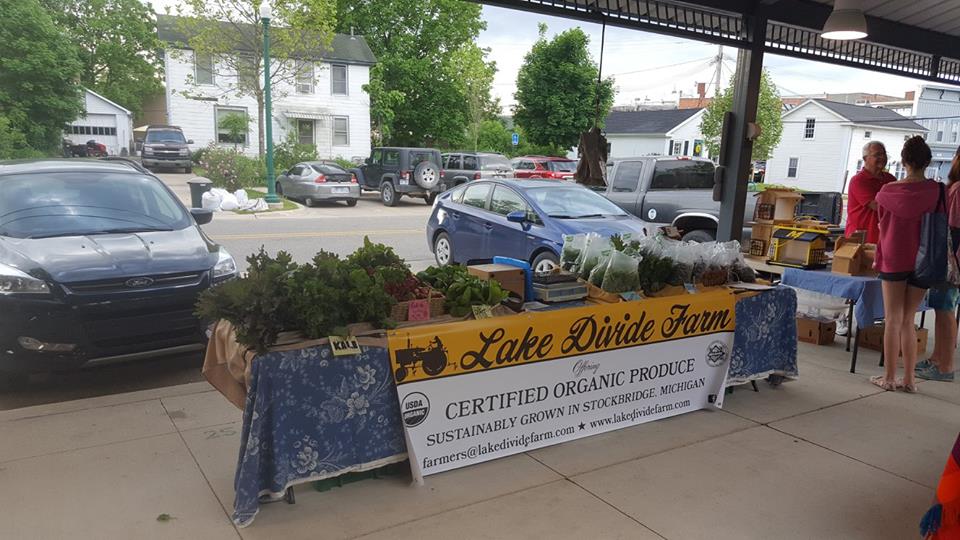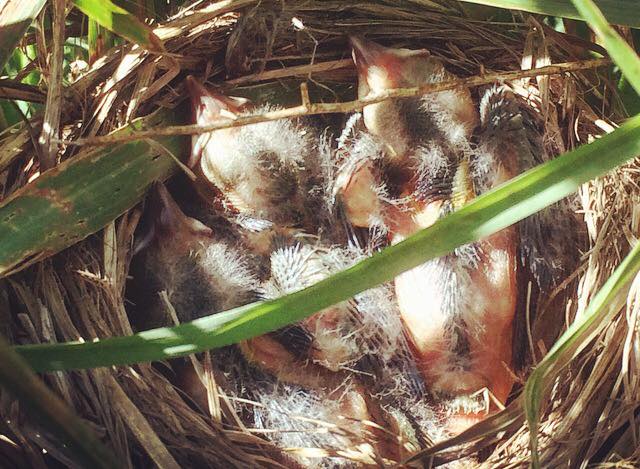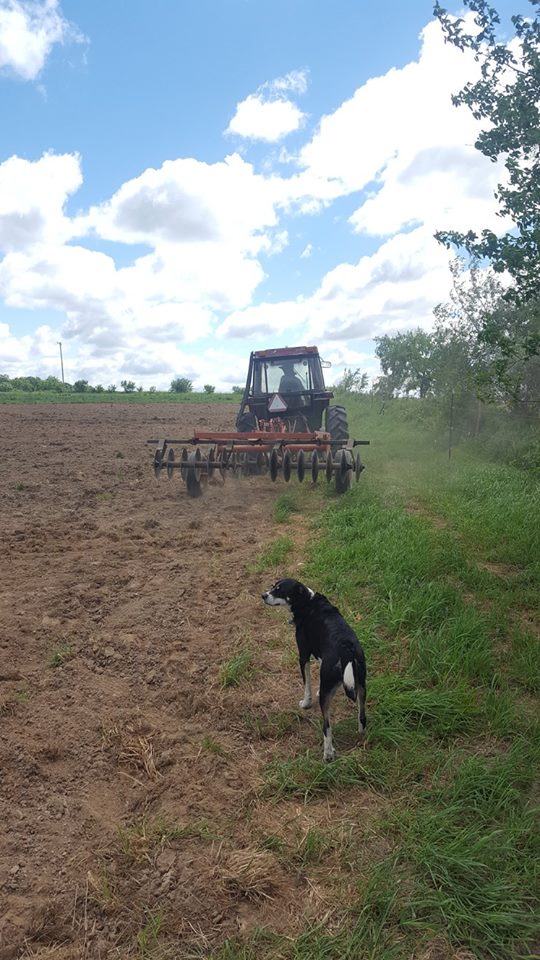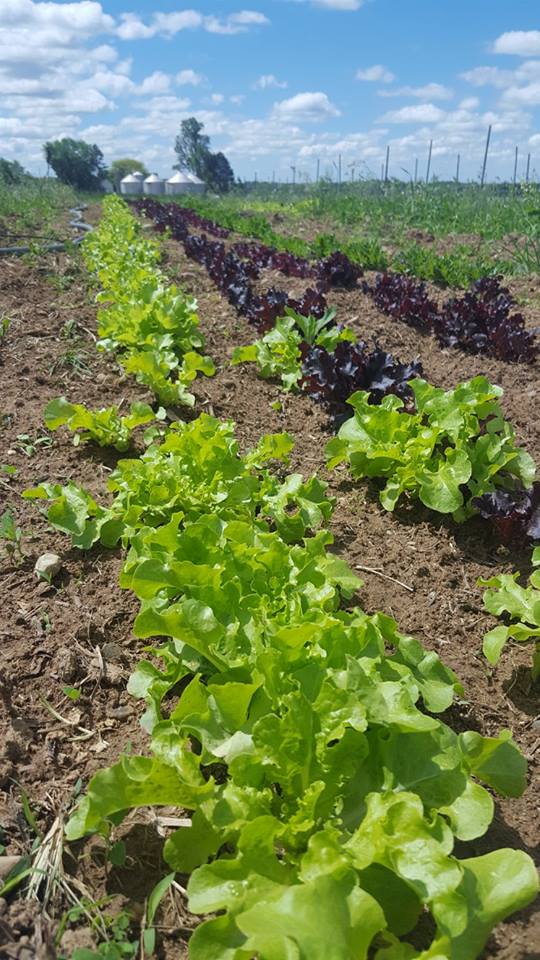There hasn't been appreciable rainfall at the farm for 15 days. That is a long time for our vegetable crops that prefer 1.5" of rain per week in gentle conditions. Add to that the wind, sunny days, and higher day time temperatures, and you know our plants are hurting for some H2O. The rain forecast doesn't look promising either, with no real rain on the calendar for another 15 (please let that forecast be wrong). While we are expecting just over a tenth of an inch tomorrow, that is far from the soaking rain we need to get back to neutral. To all that I say "Thank goodness for irrigation!" Thank goodness, thank goodness, and thank our CSA members.
This is a financially tight time of year on many vegetable farms, especially in a cold, wet spring like we had. It is years like this that members participating in community supported agriculture programs can feel really proud. Much of the money that was made during the the heavy production times of the previous year has been spent on seeds, field supplies, maintenance, and labor and the remainder is being stretched to meet the beginning of the income this season. Those CSA members are bridging the gap for farms across the country and they should feel good about that.
Because we are getting established this year, the soup is particularly thin and without our CSA members we would not have the necessary irrigation equipment that we need right now, right now. Thank you for taking a chance on us. Being a new farm, we know you've never really seen our stuff, and we appreciate the vote of confidence. So, despite the dusty conditions, our crops are thriving. The tomatoes in the hoop house are growing by the foot, the salad mix is puffed out like popcorn, and the beet tops are reaching for the sky. Although we don't have a full veggie line up this week, the vegetable armada growing in numbers.
We are also raising an air-fleet this season. So many bird babies! We the ducklings booked it before we could take a peek, we watched/are watching the redwings fledge, we are waiting for the robins in the potatoes to hatch, and there two young killdeer roaming the field, guarded by their persistent parents. All these birds (along with other wildlife-toads, snakes, insects et al.) are living in our fields and it got me thinking about our effect on them. We mow, plow, disc, till, all of that is very disruptive yet those actions aren't something we can stop if we want to keep producing food at scale. We also have a load of field work coming up if we want to get our fields cover cropped and ready for next season. We have been waiting to mow because of the baby birds, but how long should we wait?
Fortunately, there are lots of researched agricultural practices for wildlife conservation and thanks to the internet, all I had to do was search online to find suggestions. I was pleased to find that we are already taking a few of the suggested actions such mowing from the inner field toward the edge, leaving safe spaces, and delaying mowing. And I was relieved to find that I can begin field prep for our cover crops at a reasonable date (July 15th) that I can put on my calendar.
I am also coordinating with my mom, Sally, who has participated with the Audubon Society performing field surveys of bird populations. She is going to identify the birds present in our field. This will enable us to learn more about the patterns and timings our birds lives (life history) and allow us to offer them a safer and more complete habitat that they can successfully complete their life cycles in.




 RSS Feed
RSS Feed